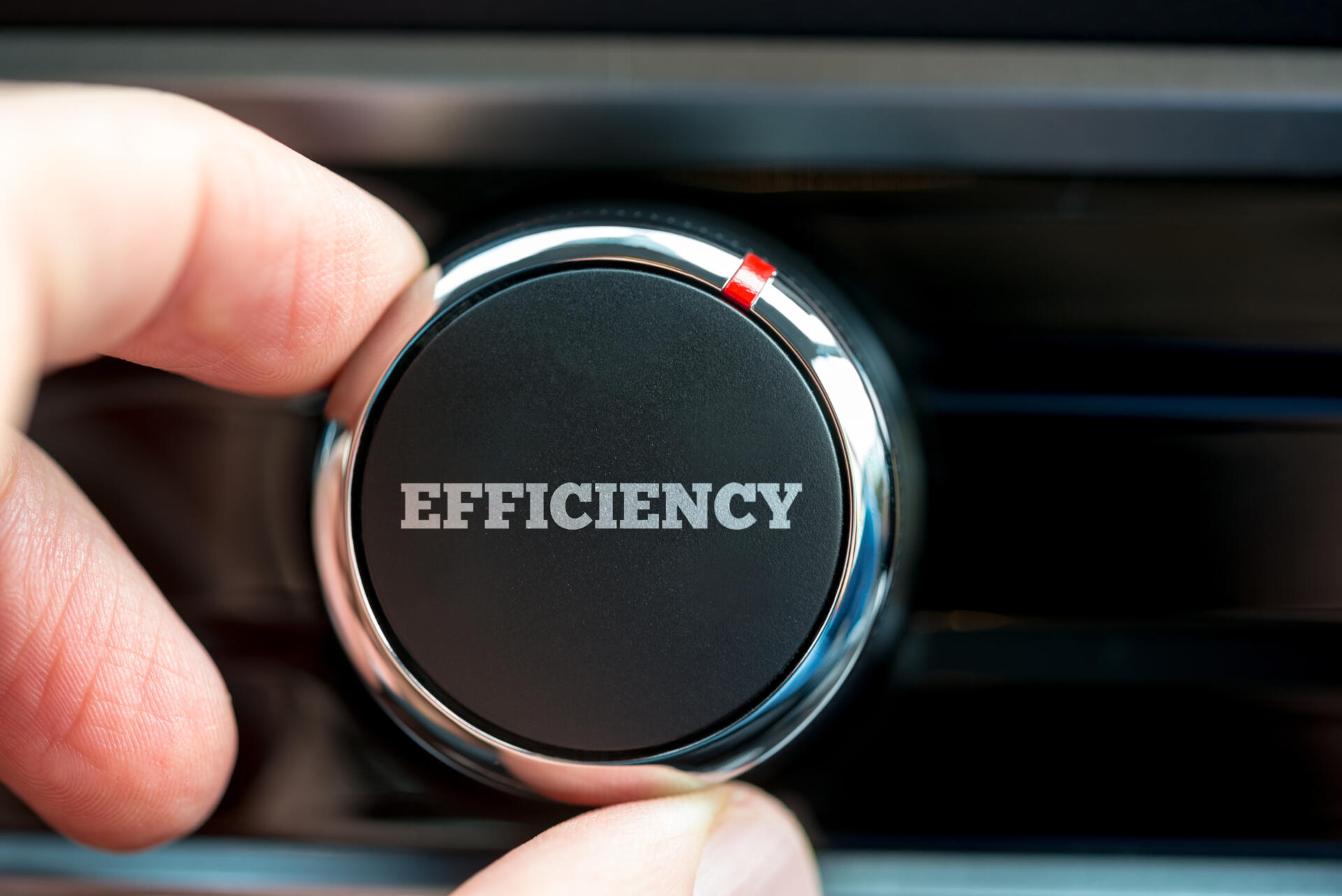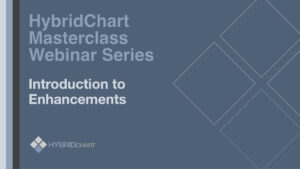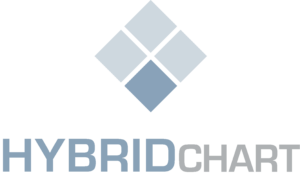Gone are the days when the role of a doctor was romanticized as a healer, now it has been replaced with mountains of paperwork, long hours of data entry, and a struggle to reconcile the need to see patients with administrative tasks that are necessary for the healthcare industry. A recent study by the National Institutes of Health revealed the toll this harsh reality has taken on doctors. The study found that of more than 14,000 surveyed physicians, burnout rates had increased in every specialty, with the two leading causes noted as “too many bureaucratic tasks” and “spending too many hours at work”.
For doctors trying to navigate their daily healthcare workflow, the journey is cluttered with obstacles such as physician rounding, census management, hospital discharge planning, charting, and clerical work, not to mention the time spent commuting between multiple facilities. As a result, direct patient care now only accounts for 30% of total provider time. The solution to reclaiming some of the 70% that is spent on non-clerical tasks has been elusive.
Challenges of Hospital Rounding
One of the biggest challenges facing physicians is hospital rounding. The process has many moving parts, and clinicians participate in rounds at different times of day, depending on their schedules, making it unpredictable. Census management is another challenge that adds to the unpredictability, as the number of patients being managed is constantly changing, with patients being added and removed from the list.
The office staff also feels the burden of these challenges, as calls from the hospital tend to filter back to the schedulers or front office staff, who must then figure out who is covering and communicate with them. This can eat up precious FTEs and cause wasted time due to communication between providers. Practices that take the “fly by the seat of our pants” approach tend to spend an enormous amount of time texting and calling each other throughout the day.
Solutions for Improving Efficiency
Workflow and charge capture software can bring order to the chaos of hospital rounding and maximize provider efficiency. Mobile charge capture software allows doctors to access a real-time, centralized list for easy and fast charge capture at the point-of-care. This improves the visibility of hospital rounding and allows real-time assignment of providers to patients, while also providing a built-in secure messaging platform for HIPAA-compliant communication. This data can then flow electronically into the billing system, eliminating the need for manual data entry and reducing the risk of error.
Adopting smart solutions like workflow management and charge capture can streamline the inherently arduous process, freeing up time and energy for direct patient care. The benefits are numerous, including improved census management, secure messaging, discharge planning, and data analytics.
HybridChart: Connecting Your Healthcare Team
At HybridChart, we provide technology that connects your healthcare team, increases efficiency, and improves your bottom line. Our cloud-based software is designed to adapt to your practice’s unique workflow and will improve profitability and patient outcomes through features such as charge capture, census management, secure messaging, discharge planning, and data analytics. With HybridChart, you will never miss another charge and will get paid for the work you do.
If you’re interested in taking your medical practice to the next level and want to employ the best hospital charge capture practice in the industry, visit our website at www.hybridchart.com, call us at 877-977-5544, or schedule a demo today. With HybridChart, you can get back to what matters most – providing excellent care to your patients.





